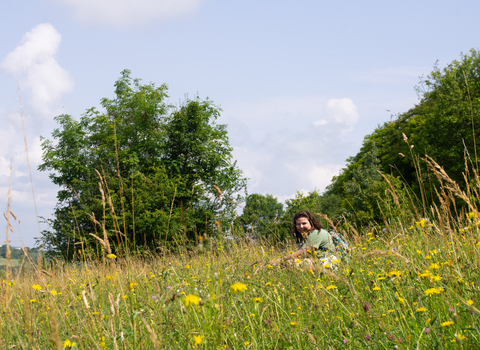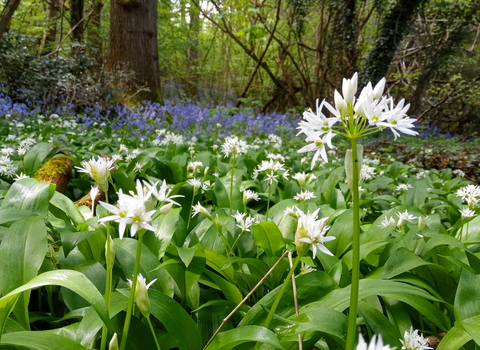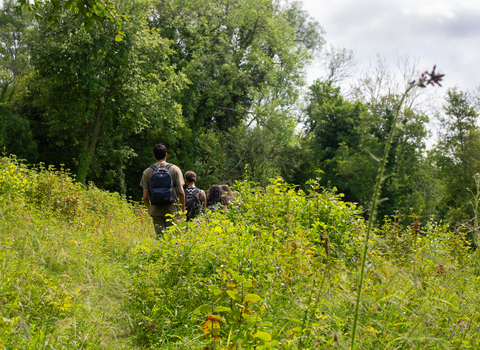Credit Daniel Greenwood
Ivy Bee at West Kent Golf Course credit Matt Rich

Common Lizard at West Kent Golf Course credit David Spensley
West Kent Golf Course
Know before you go
Dogs
When to visit
Opening times
Access at all times via the public right of wayBest time to visit
April to JulyAbout the reserve
Some golf courses can be surprisingly good for wildlife, and West Kent Golf Course is a fine example. It is within a short walk of Down House, the home where Charles Darwin wrote his seminal work On the Origin of Species, and it is suitably fitting that this is one of the Trust’s most valuable reserves.
The site sits in a superb area of chalk grassland, scrub and woodland where more than 28 species of butterfly have been recorded, benefiting from the unusual range of wildflower species which Darwin studied and wrote about. Darwin’s writings suggest that the reserve helped inspire his theory of evolution by natural selection and it is a key part of a proposed World Heritage Site: Darwin’s Landscape Laboratory.
History of West Kent Golf Course
The golf course opened in 1926 and occupies former farmland that was used for grazing sheep and cattle. In 1987 the golf club agreed to let the Trust manage the eastern bank to enhance its value to wildlife.
Management of West Kent Golf Course
The agreement with the golf club allows the Trust to conserve and enhance the rare chalk grassland habitat which is important for so many species. Rotational meadow cuts, combined with some selective burning, helps control invasive grasses and sustain high species diversity.
Status of West Kent Golf Course
Part of a Site of Metropolitan Importance, Metropolitan Green Belt
Volunteer with West Kent Golf Course's team
Register for volunteering opportunities
Please fill out our application form - click here to apply!
Get involved at West Kent Golf Course
Contact us
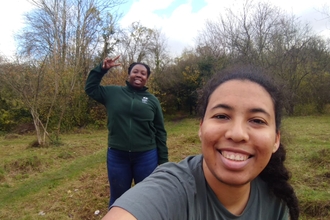
My Favourite Wild Place by Keeping it Wild Trainee Eden
As a Keeping it Wild Trainee based in South London, I've visited a range of nature reserves, to help facilitate a connection…
eDNA surveying with the Natural History Museum
The Natural History Museum's Biodiversity Officer Katy Potts tells us more about an exciting new survey method being used for the…
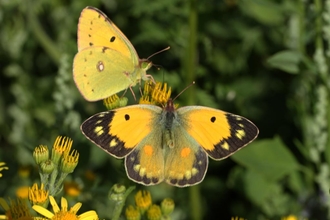
Magnificent Migrants
Brilliant Butterflies Reserves Officer Anna Guerin takes a look at some of the winged wanderers from the butterfly world that undertake…

